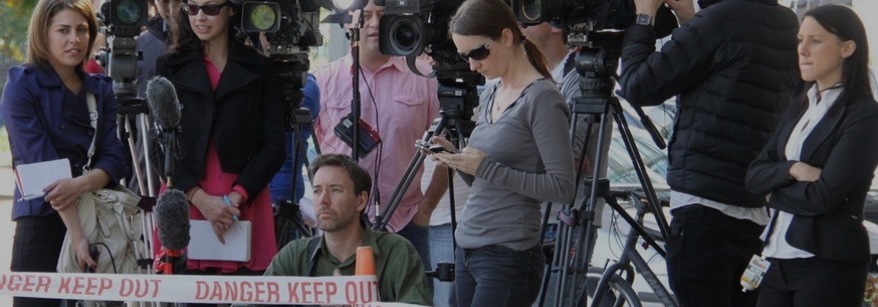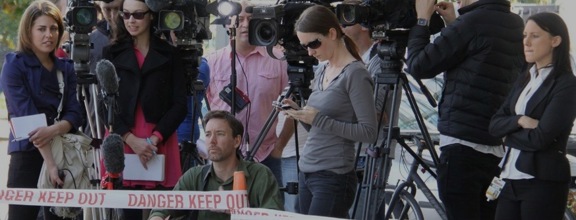For Pukekauri Farms’ Burke family, their efforts over the last 30-plus years to help restore and protect the health of freshwater in region has been “a marathon, not a sprint” – and it’s been worth every step of the journey.
Pukekauri Farms sits across the Te Mania and Waitekohekohe catchments, just 4km south of the Katikati township. Historically, Te Mania Catchment has had very poor water quality, with the 300ha Pukekauri Farms being one of the highest contributors of sediment and E. coli.
Over the past three decades, the Pukekauri team has been working in partnership with Toi Moana Bay of Plenty Regional Council to implement an environmental programme (EP) designed to improve water quality for their farm and wider community. This has also been recently supported by local community catchment group Project Parore.
An EP is a management plan, developed in collaboration with the landowner, that sets out actions that will help protect and restore biodiversity, conserve soil and improve water quality. These EPs not only benefit the individual landowners, but also whole communities living in the area.
Rick Burke and his then father-in-law Derry Seddon began this journey in 1984. Derry was the visionary and planted thousands of trees across the two blocks that make up Pukekauri Farms. Today, the results of those 30-plus years of planting are evident.
Following Derry’s passing, Rick’s brother John bought in to the farm in 2015 and continued the hard work Derry had started, planting vulnerable land into natives.
With assistance through their Regional Council EP, the 300ha beef and sheep farm has been transformed. They have fenced off 63ha of existing native bush and riparian zones, planted 44ha of steep erosion prone slopes into natives, 24ha into exotic trees and developed eight wetlands.
In addition to this, the productive farmland was redesigned by Rick into land management units with increased paddock subdivision and reticulated stock water, which has dramatically improved farm management and profitability.
Rick and John say the farm’s incredible transformation is thanks to a close working relationship with their local Regional Council land management officer.
“Regional Council provided us with insight and advice as to what changes in land use were required to improve environmental outcomes and funding assistance to make that change. This has underpinned our vision and ability to complete our environmental programme,” says John.
Rick grew up in a generation where farmers believed they needed to graze every piece of land. But, after discovering the impact that his farm was having on the Tauranga Moana Harbour, he knew he needed to make a change. The focus now is growing more high-quality feed on the better country; in his words: “Less is more”.
“As farmers, we always want to know the ‘why’. Once we understood the impact that this was having on our fish species, particularly the parore, we knew we needed to do something,” says Rick.
“We are the first recipients of water from the Kaimai Mamaku Conservation Park. Back when we started the water quality leaving our farm was a 2/10 and now it is a 9/10. The benefits you see from this are not only for freshwater.
“While we have seen a significant improvement in our water quality and abundance of invertebrates and fish, we have also seen an increase in biodiversity. Kereru, pīwakawaka, tui and other native birds are returning to areas we never saw back in the ‘90s.
“This has been greatly assisted by of our local pest management care group initiated and supported by our Regional Council.”
As well as the environmental benefits, John says the farm’s total pastoral enterprise profit has remained the same, if not increased. Plus, the farm now has additional carbon and exotic production tree income.
“An objective was to maintain profitability so when we analysed the poor financial returns from the steep and wet parts of our land, it made sense to plant those marginal pastural areas into trees.”
Regional Council Land Management Officer Braden Rowson has been working with the Burkes since 2015. He says the positive impacts that their work is having on the health of the receiving environment – Tauranga Moana Harbour – is evidence of Pukekauri
Farms wanting what’s best for the catchment and the community.
“When the farm was purchased, it was one of the biggest contributors of sediment to the Tauranga Moana Harbour. It’s a lighthouse farm – a shining example of a farm that’s balancing good environmental outcomes with productivity. Now, others are looking to replicate what the Burkes have done on their own properties.”
Over the years, John and Rick’s work has been recognised both regionally and nationally. Their method for planting vulnerable land into natives using a low cost approach has also been developed into a resource by Our Land and Water to support other landowners looking to make changes on their own property.
In 2014, Pukekauri Farms was crowned supreme winners of the Ballance Bay of Plenty Environmental Awards and, just last month, they were one of five recipients (alongside Project Parore) to receive a national Cawthron 2024 Freshwater Champions award.
Regional Council has a regular water quality monitoring programme around the rohe (region). Over the past 10 years, monitoring on the Te Mania Stream shows a reduction in ammonia and dissolved reactive phosphorus concentrations. A reduction of these nutrients helps contribute to better water quality in the waterways and the harbour.
Are you interested in making environmental changes to your own property?
Talk to your local Land Management Officer.
ENDS


